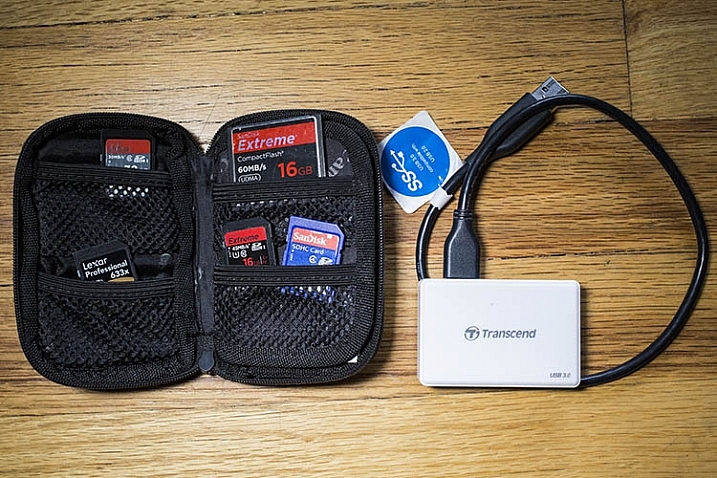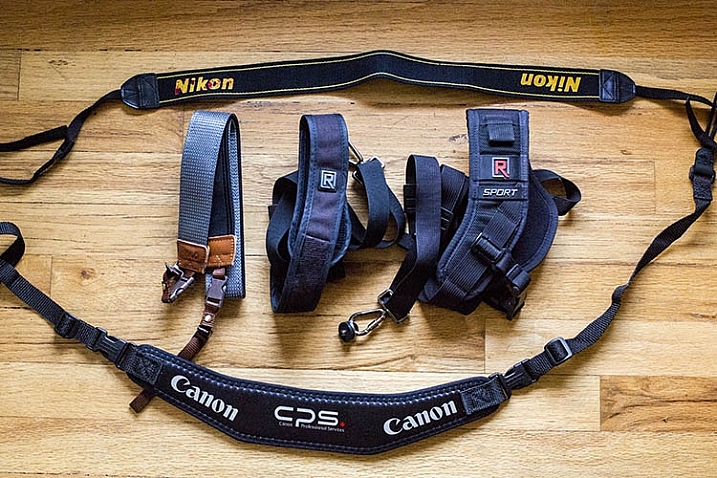 |
Fujitsu Limited announced last week that Canon Inc. has ordered a new supercomputer. The purchase signals that Canon is progressing with its plans to develop products without the need for prototypes, thereby reducing development costs and increasing development efficiency.
The system Canon ordered includes a Fujitsu Supercomputer PRIMEHPC FX1000 unit. Canon has previously used Fujitsu PRIMEHPC FX10 and PRIMEHPC FX100 supercomputer systems. The new FX1000 unit includes class-leading technology from Fugaku, the world’s fastest supercomputer. Fugaku, a petascale supercomputer, was jointly developed by RIKEN and Fujitsu starting in 2014. Fugaku is scheduled to begin operation next year. When tested in June, it became the fastest supercomputer in the world. Fugaku has an expected theoretical computational performance of 648.8 teraflops.
Fujitsu Limited also announced that upon its completion, the supercomputer headed to Canon will play a critical role in Canon’s ‘no-prototype’ product development plans. The supercomputer will allow for ‘enhanced capabilities and scope of applicability of analysis in Canon’s product development process.’ Fujitsu and Canon anticipate the supercomputer to begin operations during the first half of 2021.
 |
| Sample image of a simulation created using an existing supercomputer. This is a simulation of a Canon inkjet printer being dropped while in its packaging. With the new FX1000, Canon will be able to perform much more complicated simulations of impacts and much more. Image credit: Canon. |
Canon’s ‘no-prototype’ initiative applies to the development of numerous products, including cameras. Canon is utilizing 3D CAD data in ‘analytical simulations to evaluate multiple facets of proposed products, including functionality, as well as ease of manufacturing.’ The PRIMEHPC FX1000 system, which includes 192 nodes, will allow Canon to produce larger scale analyses and simulations, including simulations with over 100 million total elements. The new system will also Canon to produce analyses of simulated airflow and electromagnetic waves.
In its coverage of this announcement, PetaPixel speculates that Canon is working hard to catch up to the fast and furious development cycle of Sony and its mirrorless cameras and that a new supercomputer can speed up Canon’s development cycles.
 |
| Fujitsu PRIMEHPC supercomputer have numerous applications, including aiding in establishing a product development and manufacturing cycle that isn’t reliant upon prototypes. Image credit: Fujitsu |
It stands to reason that if Canon can quickly simulate many iterations of a product it is developing rather than need to construct real-world prototypes, the revision process will be quicker. Further, leveraging a class-leading supercomputer may allow for deep analyses of products that may have otherwise taken Canon far too long or been outright impossible.
Ultimately, how the FX1000 supercomputer system will impact Canon’s product development cycles remains to be seen. The system should be operational in the first half of 2021, but of course, the development cycle of something like a new camera is quite lengthy.
Articles: Digital Photography Review (dpreview.com)


















You must be logged in to post a comment.